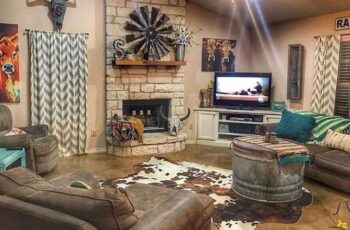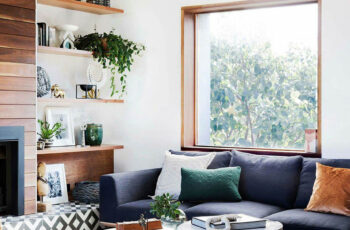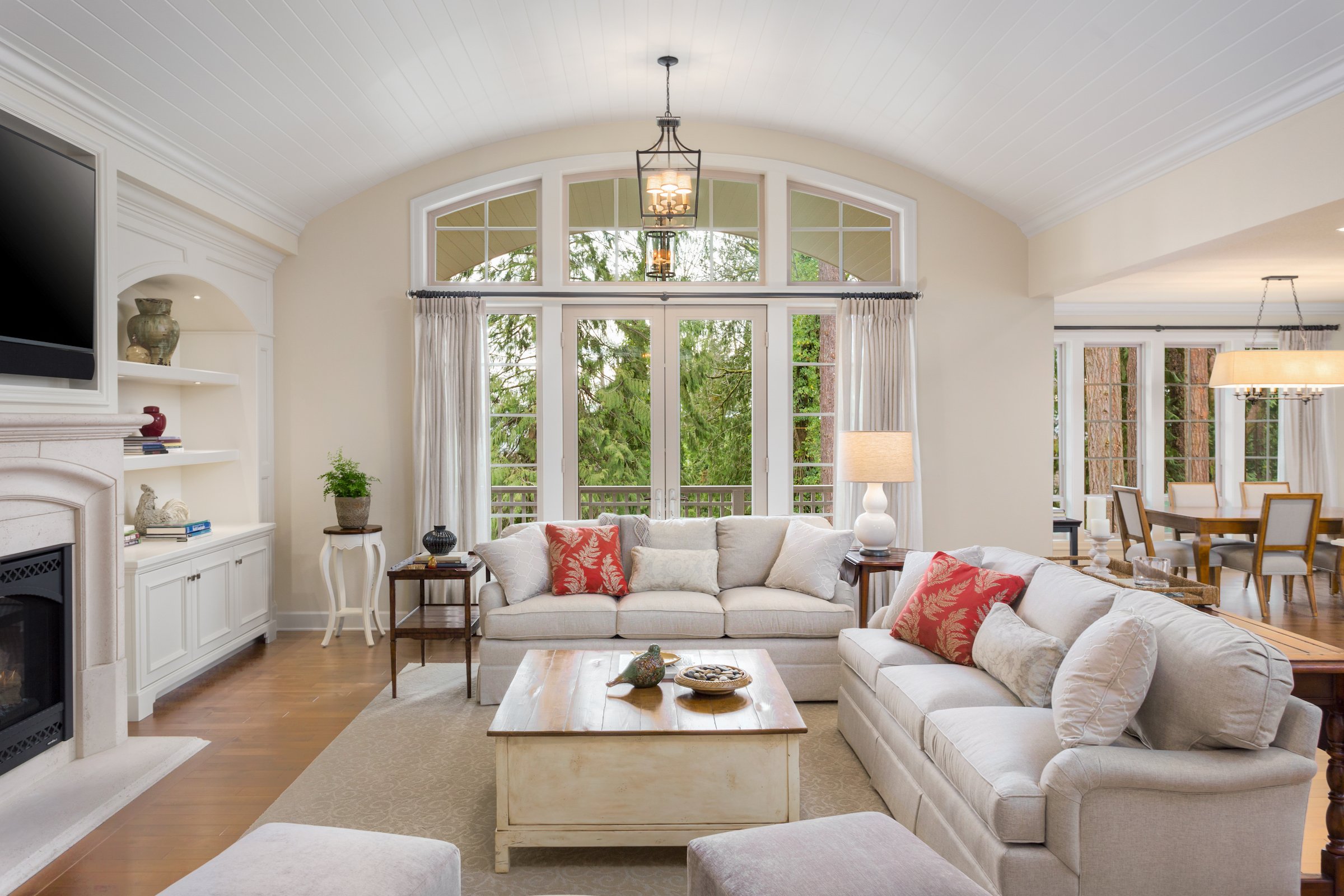
The Art of Living: Crafting Your Dream Living Room Design
The living room, often hailed as the heart of the home, is more than just a collection of furniture; it’s a dynamic stage where life unfolds. From quiet evenings with a book to boisterous family gatherings, from formal entertaining to relaxed movie nights, this space bears witness to our most cherished moments. As such, its design is paramount, influencing not just aesthetics but also our mood, comfort, and the very flow of daily life. Designing a living room isn’t merely about filling a space; it’s about understanding its purpose, envisioning its potential, and meticulously curating elements that resonate with your lifestyle and express your unique personality.
This comprehensive guide delves into the multifaceted world of living room design, exploring the foundational principles, key elements, and subtle nuances that transform a mere room into a sanctuary of style and comfort.
I. Understanding Your Living Room’s Core Identity
Before embarking on furniture selection or color palettes, the most crucial step is to define the living room’s primary function. Is it a formal reception area, rarely used but always immaculate? Is it a bustling family hub where kids play and pets lounge? Or perhaps a dedicated entertainment zone with a large screen and surround sound? Most modern living rooms are multi-functional, demanding a design that can gracefully transition between various activities.
:strip_icc()/103248739-975b8520d15043afb7d8181972e0388b.jpg)
Consider:
- Who uses the space? (Adults, children, pets, frequent guests)
- What activities will primarily take place here? (Reading, watching TV, conversing, dining, working, playing games)
- What is the desired mood or atmosphere? (Relaxing, vibrant, sophisticated, cozy, minimalist)
- How much natural light does it receive? And at what times of day?
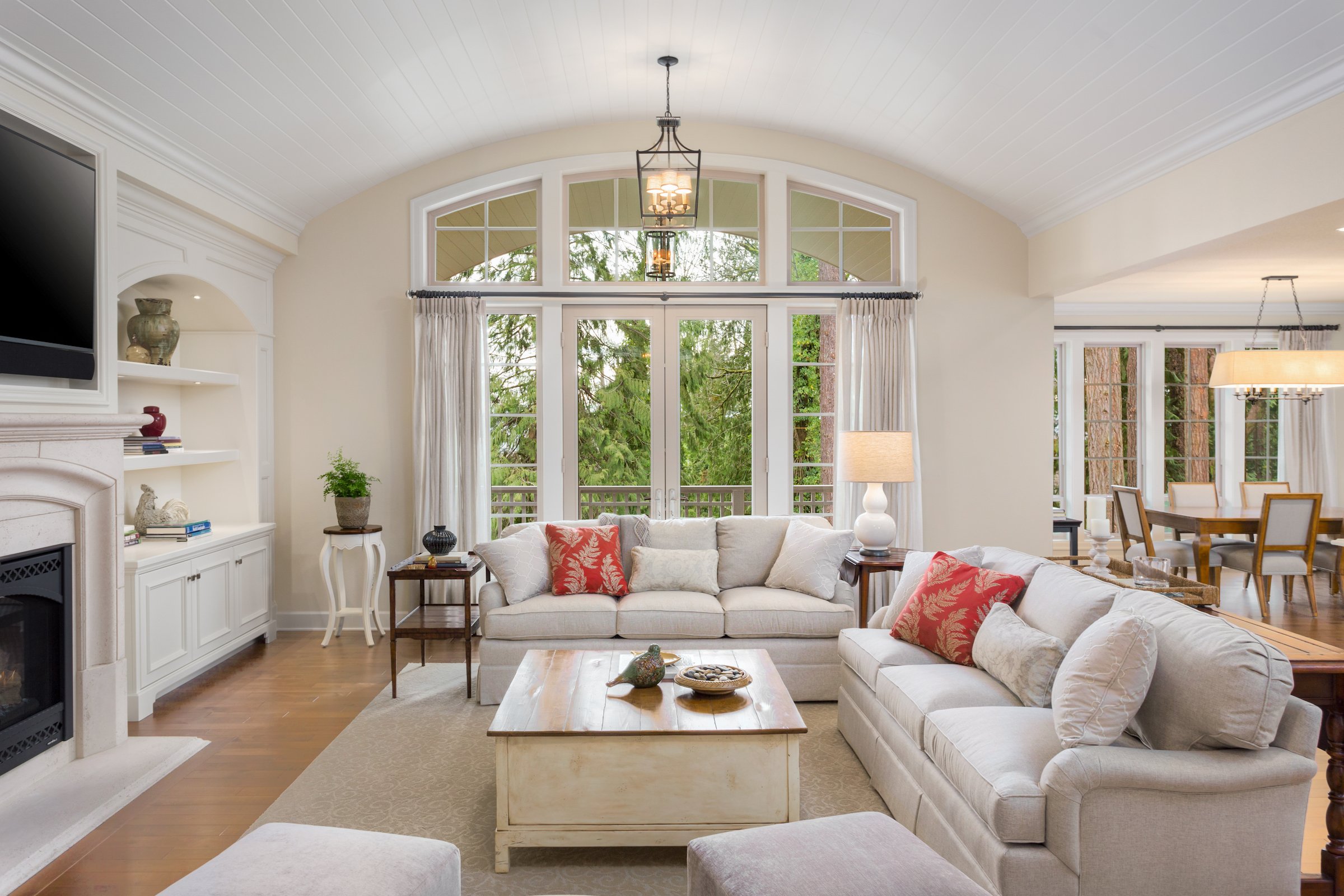
Answering these questions forms the blueprint for your design decisions, ensuring that every choice serves a purpose and contributes to the overall functionality and feel.
II. The Pillars of Design: Core Elements
With a clear vision in mind, we can now explore the fundamental components that shape the living room’s design.

A. Furniture – The Anchors of the Space
Furniture is the backbone of any living room, defining its layout and dictating its comfort.
-
The Sofa (and Seating Arrangements): This is typically the largest and most significant investment.
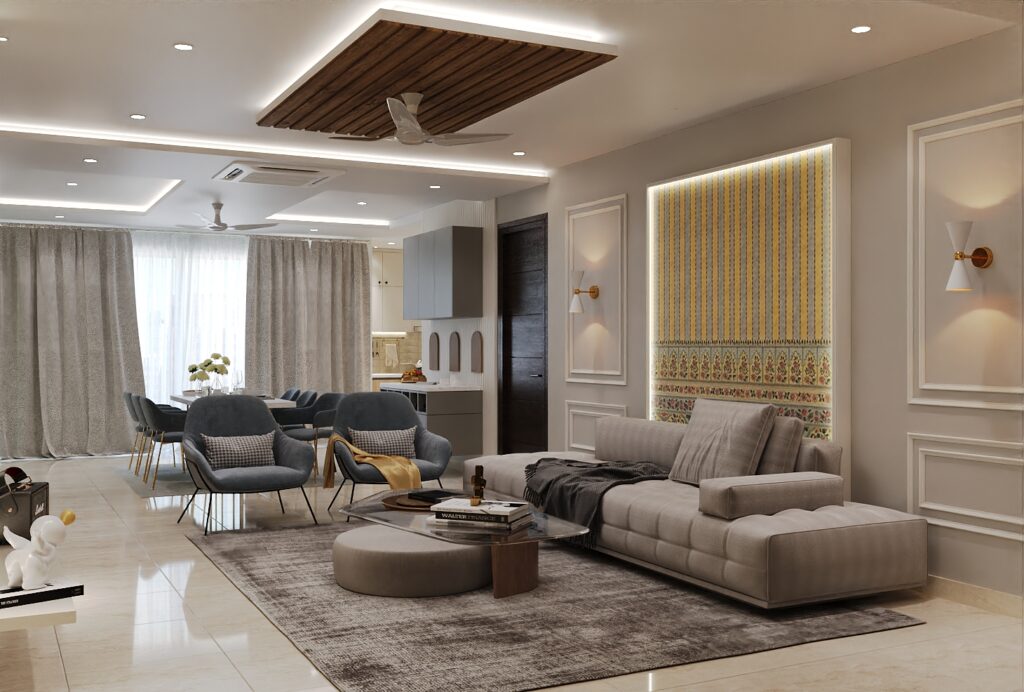
- Size and Scale: Ensure the sofa is proportionate to the room. A massive sectional can overwhelm a small space, while a petite sofa will look lost in a grand room. Measure your space carefully, including doorways and stairwells for delivery.
- Style: Choose a style that aligns with your overall aesthetic – sleek modern, classic traditional, rustic farmhouse, or cozy transitional.
- Fabric: Consider durability, cleanability, and comfort. High-traffic areas might benefit from durable synthetics, leather, or performance fabrics. For a luxurious feel, velvet or linen can be exquisite.
- Arrangement: The goal is to facilitate conversation and provide comfortable seating.
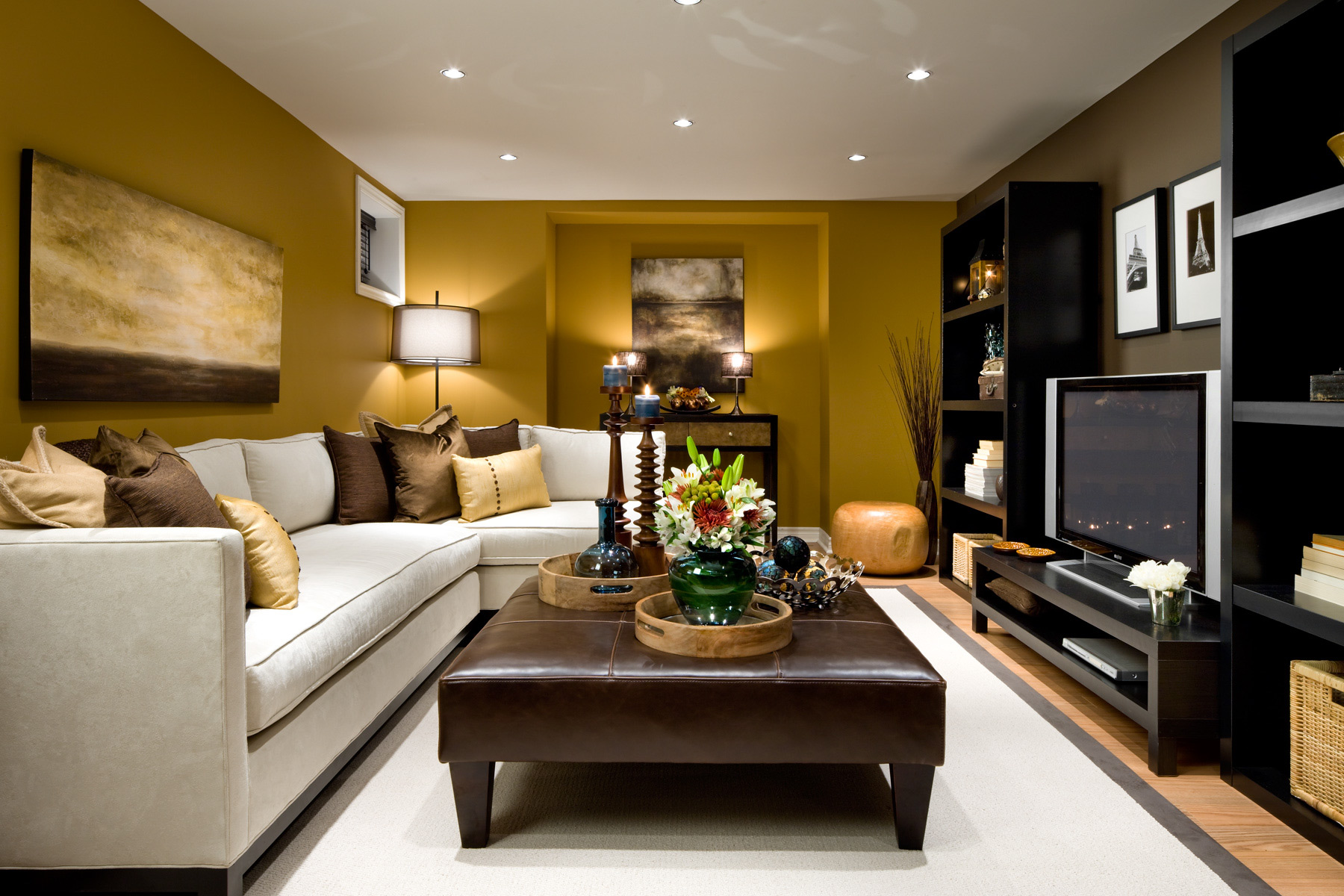
- Conversation Zone: Arrange sofas and accent chairs to face each other or in an L-shape to encourage interaction.
- Focal Point: Position seating around a natural focal point, such as a fireplace, a large window with a view, or a media console.
- Traffic Flow: Ensure there’s ample space (at least 30-36 inches) for people to move freely around furniture.
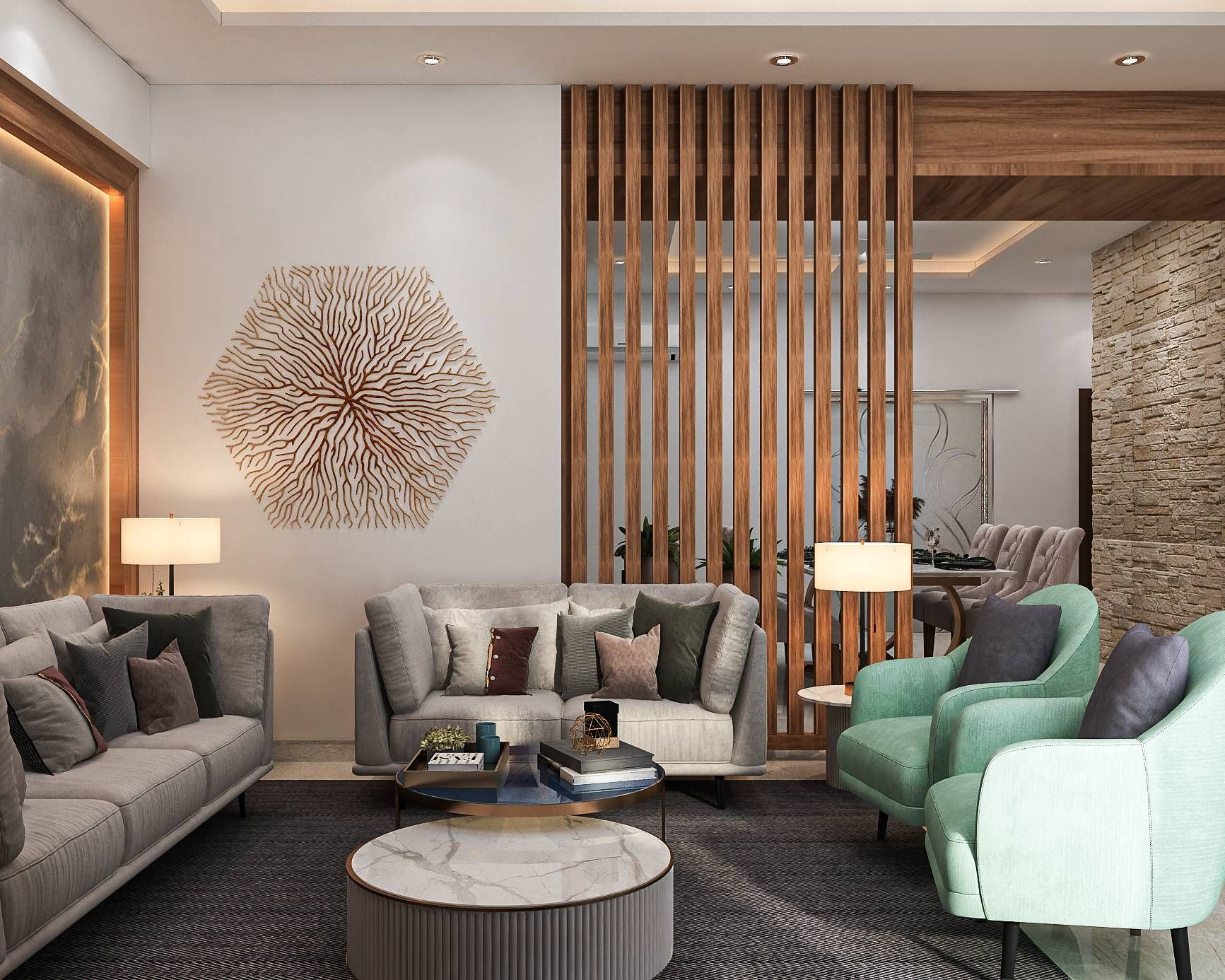
-
Accent Chairs: These are opportunities to introduce different textures, colors, and shapes. They can complement the sofa or provide a striking contrast, adding visual interest and additional seating.
-
Coffee Tables and Side Tables:
- Functionality: They serve as landing spots for drinks, books, and decor. Ensure they are within easy reach of seating.
- Scale: The coffee table should be roughly two-thirds the length of your sofa and no taller than the sofa’s seat height.
- Material: Glass, wood, metal, marble, or upholstered ottomans can dramatically alter the room’s feel.
-
Storage Solutions: Living rooms inevitably accumulate items. Integrate stylish storage through media consoles, bookshelves, decorative cabinets, or ottomans with hidden compartments. Good storage helps maintain a clutter-free and serene environment.
B. Color Palette – Setting the Emotional Tone
Color is the most powerful tool for establishing a mood.
- Warm vs. Cool: Warm colors (reds, oranges, yellows) evoke energy and coziness, while cool colors (blues, greens, purples) create a sense of calm and spaciousness.
- Neutrals: Greys, beiges, whites, and off-whites provide a versatile backdrop, allowing accessories and art to shine. They create a serene and timeless foundation.
- Accent Colors: Introduce pops of vibrant color through cushions, throws, art, or a single accent wall. The 60-30-10 rule (60% dominant color, 30% secondary color, 10% accent color) is a useful guideline, but feel free to experiment.
- Light Reflection: Lighter colors make a room feel larger and brighter, while darker hues create intimacy and depth. Consider how natural light interacts with your chosen colors throughout the day.
C. Lighting – Illumination and Ambiance
Layered lighting is crucial for both functionality and mood.
- Ambient Lighting: Provides overall illumination (e.g., overhead fixtures, recessed lights).
- Task Lighting: Focused light for specific activities (e.g., floor lamps for reading, table lamps beside a sofa).
- Accent Lighting: Highlights architectural features, artwork, or decorative objects (e.g., picture lights, uplights).
- Dimmers: Essential for adjusting the intensity of light, allowing you to transition from bright and functional to soft and intimate.
- Fixture Style: Lighting fixtures are also decorative elements. Choose styles that complement your overall design aesthetic, from modern minimalist pendants to ornate chandeliers.
D. Texture and Pattern – Sensory Richness
These elements add depth, interest, and a tactile dimension to the room.
- Texture: Incorporate a variety of textures through fabrics (velvet, linen, wool, faux fur), natural materials (wood, stone, rattan), metals, and glass. A mix of smooth and rough, soft and hard, matte and shiny surfaces creates a rich, inviting environment.
- Pattern: Introduce patterns through rugs, cushions, throws, wallpaper, or upholstery. When mixing patterns, vary their scale (large, medium, small) and ensure they share a common color or tone to maintain cohesion.
E. Flooring and Rugs – The Fifth Wall
The floor is the literal foundation of your design.
- Hardwood/Laminate/Tile: Durable, easy to clean, and offer a classic or contemporary base. They pair well with rugs for warmth and sound absorption.
- Carpet: Provides warmth, softness, and excellent sound insulation, creating a cozy atmosphere.
- Rugs: A well-chosen rug can define a seating area, add a layer of warmth and texture, absorb sound, and introduce color and pattern. Ensure the rug is large enough to encompass at least the front legs of all major seating pieces within the conversation zone.
III. The Art of Accessorizing and Personalization
Once the larger elements are in place, accessories breathe life and personality into the living room.
- Artwork: Choose pieces that resonate with you, whether a large statement piece, a gallery wall, or sculptures. Consider scale and placement relative to furniture.
- Decor Objects: Curate a collection of meaningful items – ceramics, vases, sculptures, framed photos. Arrange them in thoughtful vignettes on coffee tables, shelves, or mantels. Remember the principle of "less is more" for a clean look, or embrace maximalism with layered collections.
- Cushions and Throws: These are easy and affordable ways to introduce color, texture, and pattern, instantly updating the room’s look and enhancing comfort.
- Plants and Greenery: Live plants add life, freshness, and a natural element, improving air quality and visual appeal. Vary sizes and types for interest.
- Mirrors: Strategically placed mirrors can amplify natural light, make a room feel larger, and add a touch of glamour.
- Books: Whether displayed neatly on shelves or stacked artfully on a coffee table, books add warmth, personality, and a sense of lived-in comfort.
IV. Optimizing Layout and Flow
A well-designed living room isn’t just beautiful; it’s functional.
- Traffic Paths: Ensure clear pathways through the room to avoid awkward navigation. Imagine how people will move from one area to another.
- Focal Points: Identify or create a focal point. This could be a fireplace, a television, a large window, or even a striking piece of art. Arrange furniture to highlight this feature.
- Balance: Aim for visual balance in your arrangement. This doesn’t necessarily mean perfect symmetry but distributing visual weight evenly throughout the room.
- Zoning: In open-plan living areas, use rugs, furniture arrangement, and even lighting to define distinct zones for different activities (e.g., a seating area, a reading nook, a small dining space).
V. Embracing Your Unique Style
Ultimately, the best living room design is one that reflects you. Don’t feel pressured to adhere strictly to one design style. Modern, traditional, bohemian, minimalist, industrial, coastal, eclectic – these are merely starting points.
- Modern: Clean lines, minimal clutter, neutral palettes with bold accents.
- Traditional: Classic shapes, rich wood tones, elegant fabrics, ornate details.
- Bohemian: Eclectic mix of patterns, textures, global influences, natural materials, relaxed vibe.
- Minimalist: Simplicity, functionality, limited color palette, uncluttered surfaces.
- Transitional: A harmonious blend of traditional and contemporary elements, offering comfort and timeless appeal.
- Eclectic: A curated mix of different styles, periods, and origins, unified by color, texture, or a common theme.
Allow your personal experiences, travels, and passions to inform your choices. Mix old with new, high-end with thrifted finds. The beauty of a living room lies in its ability to tell your story, piece by piece.
Conclusion
Designing a living room is a journey of creativity, functionality, and self-expression. It involves a thoughtful consideration of purpose, meticulous selection of core elements, and the artful layering of accessories. By understanding the interplay of furniture, color, lighting, texture, and personal touches, you can transform a simple space into a dynamic and inviting sanctuary. Embrace the process, experiment with ideas, and most importantly, create a living room that truly lives up to its name – a space where you and your loved ones can comfortably and beautifully experience life, one cherished moment at a time.
The Art of Living: Crafting Your Dream Living Room Design | in opo wae, wis opo wae, and on last post i/admin have give some post/articles and many pictures gallery about " The Urban Canvas: Decorative Ideas for Living Room Apartments" if you have not seen it, please check out before seeing this. (just click text in "anchor text" to read or see last post first), I have packed all images collections become 1 gallery images on post and this time i just want to share again from my collections to could be useful :D. These pictures of The Art of Living: Crafting Your Dream Living Room Design, I have collected in a fairly long time, and from various media such as the Internet, books, magazines, newspapers, comics, etc like as from search engine and other sources to be used as ideas for you. and these images has combined into one page on 0 Photos/images Gallery below. lets views.. o[^_^]o.The Art of Living: Crafting Your Dream Living Room Design pictures collections gallery
The Art of Living: Crafting Your Dream Living Room Design is a nice pictures and stock photo for your computer desktop or your smartphone device (ipad, tablet, blackberry, iphone, and other device) and also for your personal use. Free available for desktop wallpaper or additional image collections for your all needs. And was uploaded by admit at date August 1, 2025. You can download it in your computer by clicking download button to save image... have nice day and have fun guys..
This 1 image in featured post from 0 Photos/images Gallery and awesome picture selections about The Art of Living: Crafting Your Dream Living Room Design is available to download. "Download & Save" images/pictures/wallpapers now and this Is one of the post that listed in packed to Category is Living Room Design Ideas directory, with image dimension/resolution size is 2400 × 1600 px and size image/picture file is 504 KB with original link post ID is : https://powae.pw/the-art-of-living-crafting-your-dream-living-room-design/. Get download/save images in post and gallery, "download" images or "preview" it on a bigger image for spesification sample in Large size (full attachment size) here : [Download & View to Large size]. Just Simple way, in thumbnail or in Gallery. *Click images to view Large Size.We collect this wonderful image from online and choose one of the best for you. Pictures collection that posted here was carefully chosen and published by author after choosing the ones which are best among the others. So, ultimately we make it and here these list of best image for your inspiration and informational reason regarding the The Art of Living: Crafting Your Dream Living Room Design as part of blogsite exclusive updates collection. So, take your time and find the best informations and pictures posted here that suitable with your needs and use it for your own collection and personal use. About Image information: Image has been submitted and You are able to give your opinion as evaluations to our web site value.
Don't forget to comment if you interest with this images, you can share this post to social media like as facebook, twitter, google+, pinterest, stumbleupon, and more. just click social media buttons for share this post The Art of Living: Crafting Your Dream Living Room Design Now. :)
Thanks for your visit, I hope you happy come to opo wae, wis opo wae, and get what you're looking for. And hope sometimes you will come back again here. All you need to do is help us develop by discussing this The Art of Living: Crafting Your Dream Living Room Design if you like it "leave your comment". have fun, Thank you.



